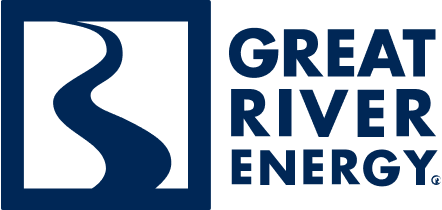Virtual open house
Thank you for joining us online today. This project is part of a regional plan for energy reliability. Minnesota Power and Great River Energy are working together to build the Northland Reliability Project.
The project includes new and replaced transmission lines, upgrades to existing substations and a new substation. When in service, the transmission grid will be more reliable, resilient and flexible to support the delivery of cleaner energy to our customers and members.
We need your input to help us review and refine the preliminary route for this line. On the following slides you’ll learn more about the project, review routing maps, and provide input about the preliminary route.
Launch the open house





















